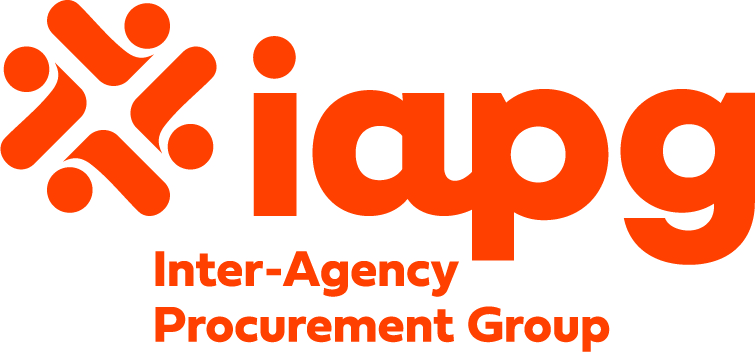Documents are attached for downloading
Save the Children International (SCI) is a leading global independent organization for children and believes that every child deserves a future. Around the world, SCI work every day to give children a healthy start in life, the opportunity to learn and be protected from harm. SCI argued that public investments in, for example, healthcare, food security, and access to safe water and sanitation, play a crucial role because they define the situation of the child. Heckmans’s (2007)[1] framework explains the development of children and the effect of investments on the formation of capabilities and the processes behind it. The Heckman Curve is among the most widely referenced analytical models predicting high economic and social returns to multi-sectoral (including nutrition-centric) investments in the earliest stages of early childhood (the critical 1,000 day “window of opportunity”), especially for disadvantaged children, and how these returns reduce with the increasing age of the child. Also, Mani et al. (2013)[2] demonstrated that even relatively short spells of poverty have a significant negative impact on the cognitive abilities and executive functions performance of children. Children need inputs (investments) into their development throughout their lifecycle.
Government of the Republic of Zambia considers Social Protection as key strategy to support inclusive economic growth, contribute directly to poverty and vulnerability reduction, and promote equity and fulfilment of human rights. In 2014, the institutional framework that guides the Government’s social protection response to poverty and vulnerability underwent significant revision with the Cabinet approval of the National Social Protection Policy (NSPP) with an accompanying Implementation Plan (IP) for the period 2014-2019. The NSPP reflects a broad-based approach to social protection anchored on the transformative framework of social protection which focuses on 4 springboards that is protection, prevention, promotion, and transformation. The policy is built on 4 pillars: Social Assistance, Social Security, Livelihood & Empowerment, Protection, with cross cutting pillars of Coordination and Disability. These pillars lay a foundation for coherent and coordinated social protection services and interventions.
Currently, the Government of the Republic of Zambia is in the process of reviewing the NSPP as per Government procedure and to develop a new implementation plan since the implementation period came to an end in 2019. During this process, the government will be updating the NSPP with current and emerging issues such as the Cash Plus concept, Single Window Initiative, shock-responsive elements of social protection as well as the integrated management information system known as the Zambia integrated Social Protection Information System (ZISPIS) among others. Lastly, the process will assess how best to bring out cross-cutting themes in the new policy, such as disability, gender, HIV, etc.

